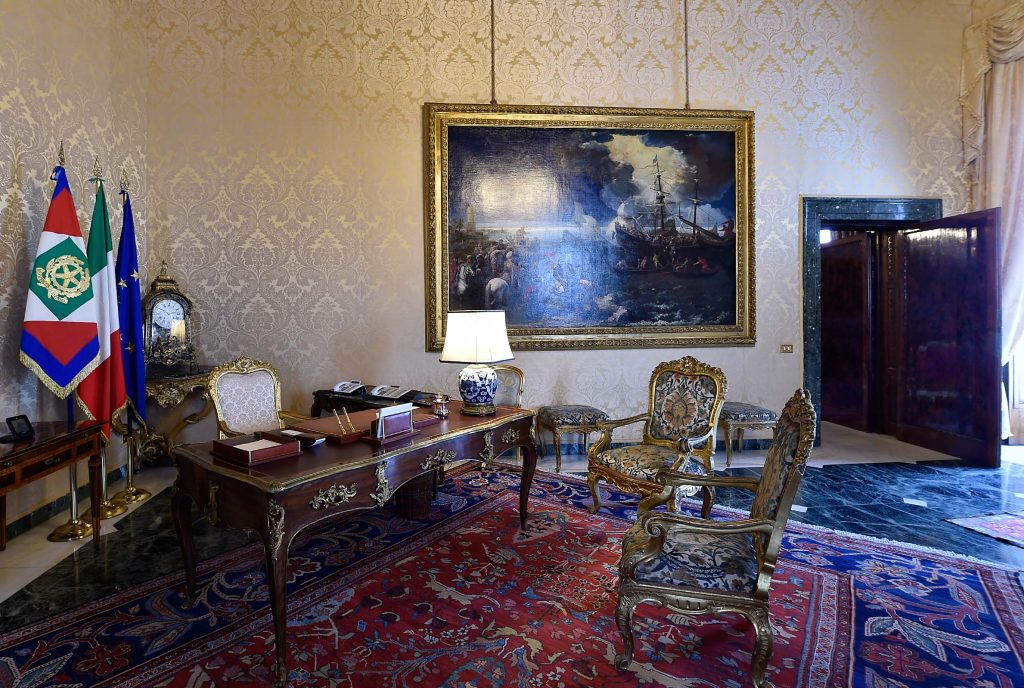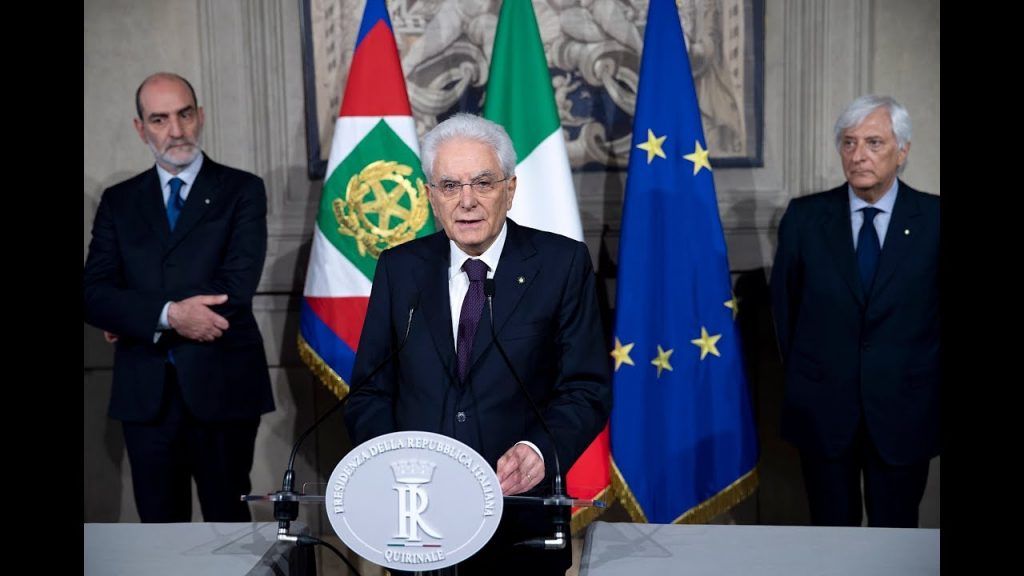A new tenant for the Quirinale: the Italians are preparing to acclaim the new President of the Republic who will be elected in assembled Chambers. The first joint vote of the Parliament is scheduled for January 24 at 15 pm. To choose the successor of the current head of state in office, Sergio Mattarella, will be the parliamentarians and the regional delegates, the so-called college of electors.
The functions of the head of state
The President of the Republic is the head of state and represents national unity. He is in command of the Armed forces, chairs the Supreme Defense Council; has the power to declare a state of war approved by the Chambers. Chairs the Superior Council of the Judiciary. It has the faculty to send messages to the Chambers, to call elections for the new Chambers and to fix their first meeting. The president authorizes the submission to Parliament of the bills issued by the national executive.

And, again, he promulgates the laws and issues the decrees having the force of law. The head of state has the power to hold a popular referendum in the cases provided for by the Constitution. It accredits and receives diplomatic representatives, ratifies international treaties, subject to the approval of the Chambers. He can grant pardons and commute penalties; can confer the honors of the Republic.
Election of the President of the Republic
To elect the new head of state they are necessary two thirds of the votes in the first three ballots, or only an absolute majority from the fourth ballot onwards. Once the voting operations have been completed, the President of the Chamber communicates the result of the vote to the newly elected person. Then, according to the practice, the president of the Republic in office resigns, if his mandate has not yet ended. If, on the other hand, the mandate is over, the general principle of "prorogatio" applies, ie the President remains in office until the election of his successor. The Constitution does not indicate precise times between the election and the swearing in before the Parliament in joint session. For example, Mattarella was elected on January 31, 2015 and was sworn in on February 3.

The provisions for positive voters at Covid
To allow voters infected with Covid to vote, President Mattarella signed the decree-law specifically issued on "Urgent provisions to allow the exercise of the right to vote at the next election of the President of the Republic ". In practice, the decree authorizes positive voters to leave, exceptionally, their domicile in order to vote. During the trip, the large voters positive at Covid or in quarantine have a “ban on the use of public transport. Prohibition of parking in public places, prohibition of coming into contact with subjects other than those in charge of voting operations ". Furthermore "they are forbidden to stay overnight and eat meals in places other than those indicated as isolation or quarantine sites. And, finally, the obligation of constant use, outdoors and indoors of Ffp2 masks ".
The presidents of the Republic from 1948 to today
From 1948 to today, Italy has had 12 presidents. The first was Enrico De Nicola (January 1, 1948 - May 12, 1948). Following Luigi Einaudi (1948-1955); Giovanni Gronchi (1955-1962); Anthony Signs: (1962-1964); Joseph Saragat (1964-1971); John Leone (1971-1978). It's still, Sandro Pertini (1978-1985); Francis Cossiga (1985-1992); Oscar Luigi Scalfaro (1992-1999). Carlo Azeglio Ciampi (1999-2006); Giorgio Napolitano (2006-2013); Giorgio Napolitano encore (2013-2015) and Sergio Mattarella (2015-2002).
(In evidence the Parliament in joint session - photo quirinale.it)




